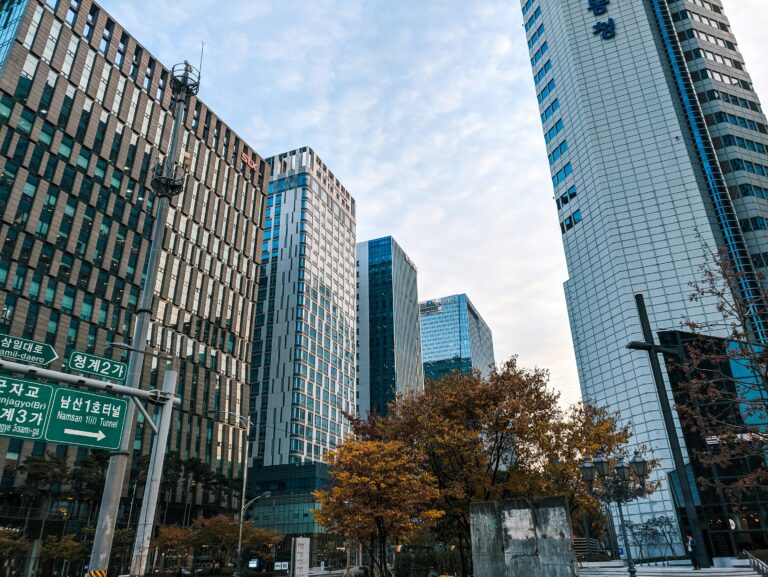In Fortaleza, 85% of GHG emissions comes from transport and waste. But there’s a plan
 Fortaleza mirrors itself in the waters of the Atlantic coast of northeastern Brazil.
Fortaleza mirrors itself in the waters of the Atlantic coast of northeastern Brazil.
It is the capital of Cearà State and has the highest demographic density of any state capital in Brazil. Its 2,5 million population puts natural resources and environment under high pressure, but Fortaleza is committed to a low carbon pathway and is striving to become a sustainable city, able to make economic growth compatible with environmental preservation.
Together with Recife, Fortaleza is in fact one of the two Urban-LEDS model cities in Brazil.
Urban-LEDS stands for Urban Low Emissions Development Strategy. Each strategy defines a pathway for a city to move to a low emission, green and inclusive urban economy. The Urban-LEDS project, funded by the European Commission, and implemented by UN-Habitat and ICLEI, has the objective of enhancing the transition to low emission urban development in four emerging economy countries. Working Methodology for the cities in the Urban-LEDS project is the GreenClimateCities (GCC) Program provided by ICLEI, A comprehensive climate change mitigation program for local governments providing methodology, expert assistance and a network of cities committed to Low Emissions Development.
Waste, Mobility, Urban Planning and Spatial Development, Street Lighting and Renewable Energy are Fortaleza’s priority sectors, the ones in which the city hopes to make the difference with a number of projects.
One of these is the “Minha Casa, Minha Vida” program, that is helping installing solar panels on homes for water heating and electricity. The city has also developed a Municipal Integrated Waste Management Plan to overcome waste management problems and is currently establishing a separation and recycling process to improve the quality of urban waste and reduce the fraction of it that is brought to nearby Caucaia landfill, where an average of 5,000 tons per day are stocked.
“Fortaleza aims to develop a municipal governance model based on social inclusion, participation, cooperation, and having transparency and sustainability as the transversal elements in public administration” says mayor Roberto Cláudio. “The Urban-LEDS project offers a platform to help us obtain the leadership, technical know-how and methodologies to implement appropriate policies”.
At the end of August 2014 Fortaleza launched its first Greenhouse Gas (GHG) Inventory, producing the first comprehensive data on pollution and drivers of CO2 emissions. According to the Inventory, cars and transport are responsible for 61% of Fortaleza’s GHG emissions, while urban waste accounts for 25%.
Fortaleza’s GHG inventory uses the Global Protocol for Community-scale Greenhouse Gas Emissions (GPC), a methodology harmonizing emissions measurement and reporting processes for cities of all sizes, economies, and geographies.
Fortaleza is an ICLEI member and also reports to the carbonn Climate Registry.
***
To learn more about the Urban-LEDS project, please visit the website.


